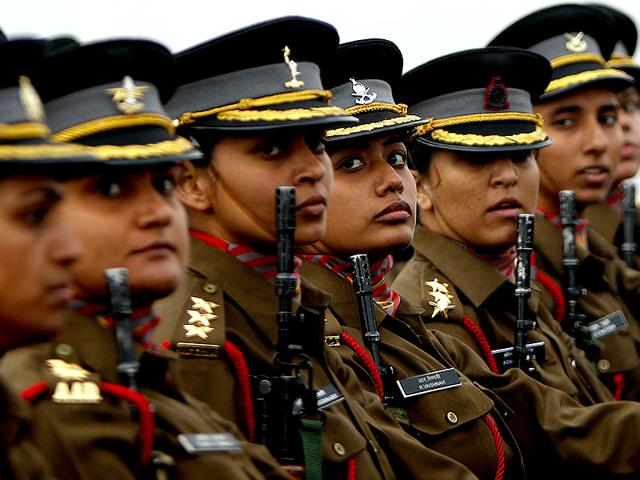The Agnipath Scheme was meant to give a push to the enrolment of women as Personnel Below Officer Rank (PBOR). However, an editorial in The Print has highlighted the way the Army has had a restrictive policy in which only 83% of women are serving in the Corps of Military Police (CMP).
Initially, the Indian Air Force (IAF) and Indian Navy (IN) allowed women to serve in all branches for both air warriors and sailors. As many as 726 and 155 women, respectively, are serving in the IN and IAF as of August 4, 2023.
The editorial however points to a gender-agnostic policy for recruitment of women as PBOR in all arms and services, save close combat arms, infantry and mechanised forces.
The military, the writer believes, is resistant to change.
Since equal opportunities for men and women in the armed forces are now guaranteed by the Constitution’s Articles 14, 15, and 16, as well as by Supreme Court rulings and governmental policy, it has become a legal requirement. The military had steadfastly opposed this extensive change. And it was clear that the hierarchy had a closed mentality, the writer observed.
He added that the change should have started from the name. Agniveer essentially symbolises the male warrior. Agniveerangna could have been an appropriate new name.
Stressing the need to address the gender quota, the writer has said that there should be no dearth of volunteers, given the size of the women population and the unemployment crisis.
A section in The Print editorial reads, “In 2022, out of the 10 lakh individuals who applied for Agniveer enrolment in the Indian Navy, 82,000 were women (8.2 per cent). In 2019 and 2020, 1.6 lakh women applied for the 100 vacancies in the CMP.
However, this (enrolment in CMP) was before the Agnipath Scheme was implemented. The Central Armed Police Forces (CRPF) have been able to enrol only 3.69 per cent of women despite permanent enrolment, contributory pension, service up to the age of 60 years, and 15 to 33 per cent reservation for women since 2016.”
Supporting his analysis with numbers, the writer says that the average percentage of women in militaries worldwide ranges from 4 to 16%. Israel is an exception to mandatory conscription, with 34% of its armed forces comprised of female members. Any military should ultimately aim to create a merit-based, gender-neutral admissions process that takes into consideration women’s bodies when administering fitness tests.
Further on this, the writer adds that the resistance to women being drafted into the military has been their standards for physical fitness and their capacity to endure the demands of military duty. He believes that while women have some physiological restrictions, gender-neutral standards ought to be implemented in the military.
Another pertinent issue, the writer outlined, was sexual harassment and assault by coworkers, superiors, and subordinates. The issue is aggravated because people in the 20–40 age group function close to one another. He believes that consensual sex with people while on duty, against military laws and regulations, is another issue that must be dealt with on a war footing.
Also Read: IIT-B Dictum: Don’t Hold ‘Potentially Political’ Lectures On Campus










